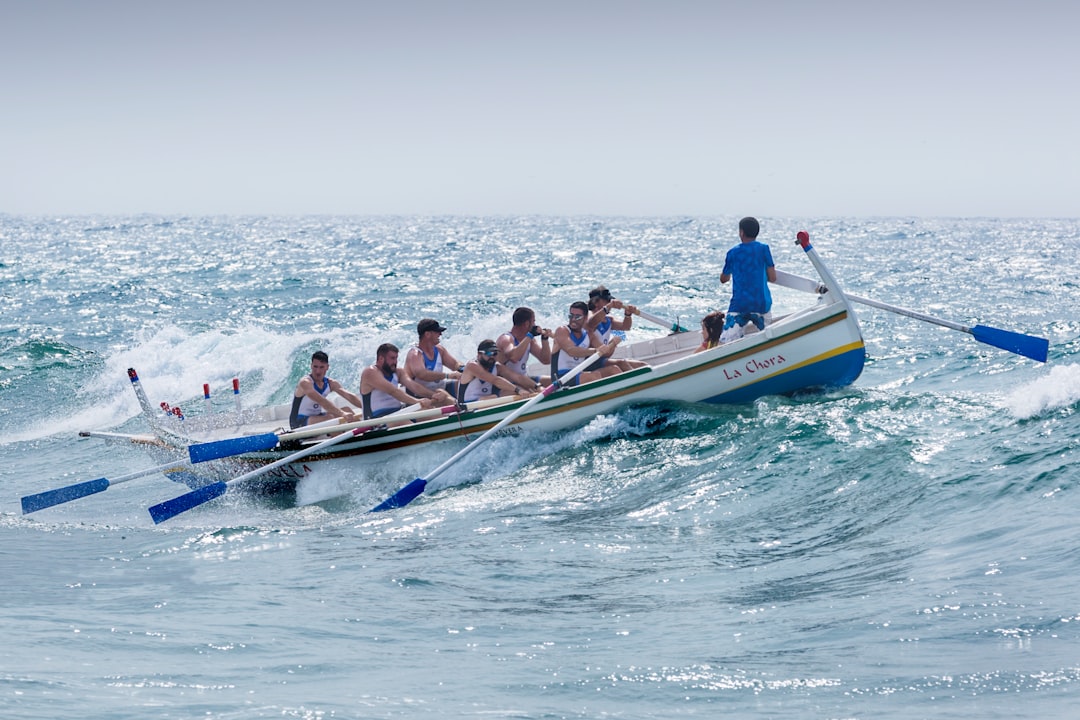What is it about?
People coordinate with each other whenever they interact, on many different levels. We are interested in how coordination supports the success of joint efforts when people work on projects together. We asked pairs of college students to work together on a brief arts-and-crafts project that required both physical and verbal coordination. The goal was to build the tallest tower they could from uncooked spaghetti and marshmallows, and we investigated how success as measured by tower height was related to the degree of coordination. We found that towers were higher when partners exhibited similar patterns in the timing of their movements and speech rhythms. These patterns show how partners adapt their behaviors to be complementary to each other for the purpose of cooperation.
Featured Image

Photo by Amy Hirschi on Unsplash
Why is it important?
Coordination is common sense as a concept, but it is difficult to formalize and measure outside of restricted lab conditions. We have a way to measure coordination between two people in any setting, as along as the behavior of each partner is recorded to generate hundreds of repeated measurements over time. Logs and other types of recordings of human behavior have become ubiquitous in the world and we now have a way to explore coordination throughout these data.
Perspectives
I am fascinated by the way people can flexibly adapt their behaviors to complement each other. Some coordination is relatively simple to express, as when two people do the same thing together, like a crew rowing oars in synchrony. But most coordination requires that partners play different but complementary roles, like the different positions on a soccer team. Most coordination also requires roles to be flexible, as when players switch between offense and defense as a play unfolds. Our measure of complexity matching is progress towards being able to measure and understand cooperation in terms of complementary and flexible coordination.
Drew Abney
University of Georgia
Read the Original
This page is a summary of: Cooperation in sound and motion: Complexity matching in collaborative interaction., Journal of Experimental Psychology General, September 2021, American Psychological Association (APA),
DOI: 10.1037/xge0001018.
You can read the full text:
Contributors
The following have contributed to this page










